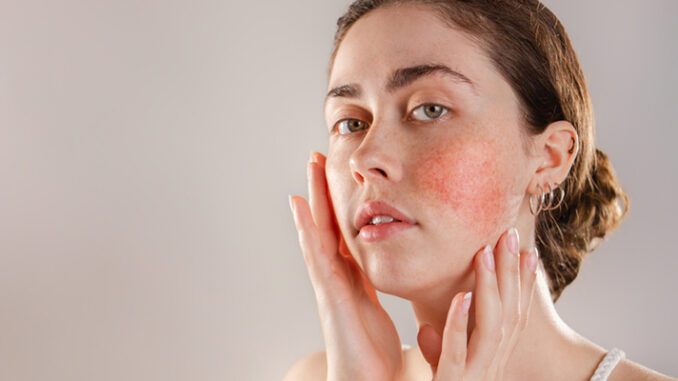At the end of summer, especially when we spend more time in the sun, we may see new formations on our face and entire body, and existing skin formations are often altered by sun exposure. Let us tell you more about it, when it becomes alarming and how to deal with it!
Getting Ready for the Summer Season – What Do I Need to Know About My Skin?
How your skin reacts to the sun depends on the color of your skin, your innate sensitivity to UV light, your superficial vascular network, skin diseases, and the medications you are using. Summer skincare also depends on a person’s age, daily routine, and the presence or absence of tumors or skin diseases. For each skin condition, expert advice and research are needed.
What Are the Advantages and Disadvantages of Sunlight on the Skin?
Warmth and sunlight positively affect mood, improve mental health, and reduce the risk of developing depression. Being outdoors increases vitamin D production, which plays a vital role in maintaining healthy bones, strengthening the immune system, and increasing the body’s resistance to chronic diseases, infections, and viruses. It has been found that children’s exposure to the open air and increased production of vitamin D may also reduce the risk of developing serious diseases such as multiple sclerosis, especially if there is a predisposition in the family.
However, excessive and prolonged exposure to ultraviolet light promotes the degeneration of skin cells, connective tissue fibers, and blood vessels, leading to skin cancer and premature skin aging. UV light can also cause inflammation of the cornea of the eye and cataracts. Every year, millions of people around the world are diagnosed with non-melanoma or melanoma skin cancer.

What Are the Most Common Skin Lesions?
One of the most common formations seen after prolonged sun exposure is a cutaneous keratoma (sore), especially in people over 40. The keratoma is hard to see at first and looks like a brown spot, but later it grows and turns black and changes its texture. They are not dangerous skin formations, but they can cause a lot of discomforts. Sometimes a keratotic plug looks like a mole, and because it multiplies, it can be unsettling. In such cases, it is advisable to consult a professional for suggestions on how to treat the keratosis. A keratoprosthesis removed with a laser does not leave a mark on the skin since the laser light only vaporizes the keratoprosthesis. After removal, there is no bleeding or scarring.
Another typical formation is papilloma. This is a derivative of the human papillomatosis virus that appears as small growths on the skin, usually found on the skin of the neck, armpits, elbows, and eyelids. Most of the population is infected with the human papillomatosis virus, but not all of them appear clinically. Papillomas are not harmful to health, but they do grow over time and can be uncomfortable and aesthetically displeasing to people. Papillomas can be easily removed with a laser. After a few days, they do not leave any marks on the skin.

Are They All Removed by Laser?
Laser treatment is the least invasive, least painful, and least stressful to the skin. Almost all skin formations that are not malignant can be removed by laser, except those with deep and damaged layers. Before laser removal, a consultation and accurate diagnosis by a dermatologist or other professional are necessary. It is imperative to make sure that the formation is not malignant. If in doubt, a biopsy of the skin lesion will be performed. A pathologist then examines the material to determine exactly what the derivative is.
In What Cases Should You Seek Professional Help?
People who have many moles or other skin formations should be checked regularly, at least once a year, especially after the summer months. If there is a risk of skin cancer, they should visit the dermatologist more often. Pigmented spots that seem unsuspected to the naked eye may be severe diseases that require immediate treatment.
It is virtually impossible to recognize the condition on your own. If you notice any suspicious changes, consult a specialist immediately.



One thought on “Dangers of The Sun: What are UV Induced Skin Formations and How to Treat Them?”